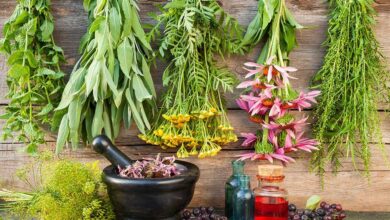Daisies: [Planting, Place, Care, Irrigation, Substrate]
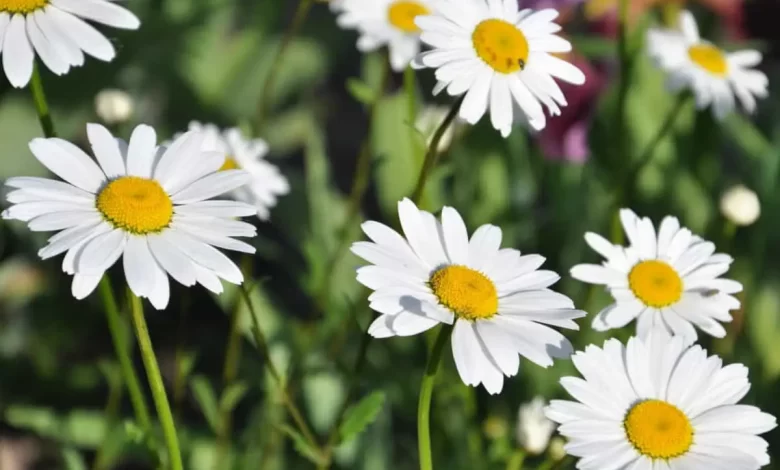
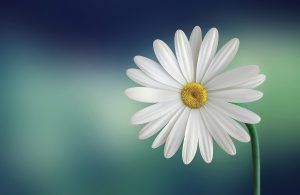 The daisy is a perennial and hybrid flower. It can also be considered a fast-growing and ornamental plant.
The daisy is a perennial and hybrid flower. It can also be considered a fast-growing and ornamental plant.
It is often used by gardeners as beginners because it is easy to cultivate and grow.
Daisies are usually white, but we can also find them in shades of yellow and purple, with a wide variety of petals surrounding the traditional yellow eye.
Some smaller varieties can grace the fronts of gardens, while others feature strong, attractive clumps of foliage that provide a backdrop for other flowering perennials in the garden.
Important points when planting daisies
- When? It is ideal to do it during the spring. If it is from seed,can be sown indoors in winter.
- Where? Daisies need sunlight. However, should they be in a very hot area they benefit from partial shade.
- How do we prepare the land? Loose, draining soil. Add enough organic matter or compost.
- How do we water? We recommend drip irrigation.
- How often do we water? They are quite resistant, in principle only in summer it will be necessary to water them daily or every two days.
- Care? It is important to prune the daisy every week, removingdead stems.
Characteristics of daisies
Daisies are extremely cold hardy, this plant can be grown from seed transplanted in a pot.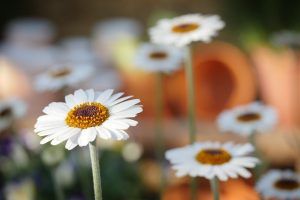
Given average, humid conditions, the daisy grows well and strongly, allowing the gardener to easily spread it throughout the garden and amass plenty of blooms for indoor vases.
For those who want to see carpets of white in their lawns or along the driveway, try the oxeye variety (Chrysanthemum leucanthemum), a plant so vigorous it’s actually banned in some states and must be carefully planted.
When to plant daisies?
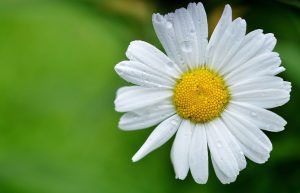 Potted daisies are planted in fall and early spring.
Potted daisies are planted in fall and early spring.
Shasta daisy and Oxeye daisy seeds are sown from early winter to late spring, and can also be sown in fall.
Select a sunny location for your daisies and well-drained soil; rich in organic matter. It is also preferable to protect them from strong winds, as some taller varieties can break.
What does the daisy need?
- Light: Shasta Daisy and Oxeye Daisy do best in full sun. They can tolerate partial shade conditions, but flowering will be reduced.
- Soil: Medium, sandy soil works well for these daisies. Conditions that are too dry will cause the plant to lose vigor throughout the season and eventually die out.
- Space: 50 to 80 centimeters between plant and plant. If we space the seeds and do not spread them, the daisy should be spaced 15 centimeters apart. Ox daisy seeds are often sprinkled on turned up soil and raked for a more natural look.
- Daisies are rhizomatic and spread below ground, increasing bunch size quite rapidly. Oxeye daisies are notoriously vigorous and spread via seeds and rhizomes. Oxeye daisies are considered invasive in some areas and it is important to check this before planting.
- Planting: Plant potted daisies in fall or early spring and seed in winter, spring or fall.
How do we water the daisies?
Daisies are pretty hardy flowers.
However, in summer and very hot areas, it is recommended to give them daily or every two days.
Our recommendation is drip irrigation. One good thing about them is that the daisies claim the water with a lot of evidence. That is, you will see the flowers and the petals with their heads down and you will know that they need some water.
For example, in winter this does not usually happen because of the humidity at night. As long as it’s not a very cold winter.
plant daisies step by step
Daisy flowers can be planted from seed or transplanted from a pot.
- If planted from seed, sow indoors 6-8 weeks before winter.
- Sow the seeds in a seed tray, planting them half a centimeter deep. The seeds can also be planted outside after winter. Plants grown from seed will not flower until the next season.
- Plant seedlings and transplants in spring. Choose a bright, sunny spot with well-drained, but not too rich soil.
- Dig holes as deep as the root balls and twice as wide. Plant daisies 12 inches apart and make sure they are positioned so that the root ball is level with the ground.
- Water newly planted daisies at least once a week, or more in dry weather.
- Once established, they are somewhat drought tolerant, although they will flower best with regular moisture. In hot, dry climates, daisies are best planted in partial shade.
To know more, you can see: Daisy cuttings.
Care required by the daisy
Daisies are generally low-maintenance plants, but they may not live as long as most perennials.
A few tricks can help prolong your life.
- First, they need to be planted in well-draining soil. Avoid low spots where water tends to pool, especially in the winter, which can cause root rot diseases.
- Cut off the dead daisy heads, cutting off the stems. This tactic conserves the plant ‘s energy, not only encouraging more flowers, but maintaining a healthier plant.
- Fertilize the daisies lightly in the spring with fertilizer per plant.
- Cut the plants to 5 centimeters above the ground in autumn, after the first frost.
- Daisies grow in spreading groups and can quickly spread throughout the area. Plan to divide them every three or four years. To divide the daisies, dig new holes and pour a little water into each hole.
- Dig up the plants and place them in the ground. Use a shovel or knife to divide the plants, cutting cleanly through the roots. Replant the divisions in the holes. Press the soil firmly around the plants and water them well.
To learn more: pruning daisies.
Daisy pests and diseases
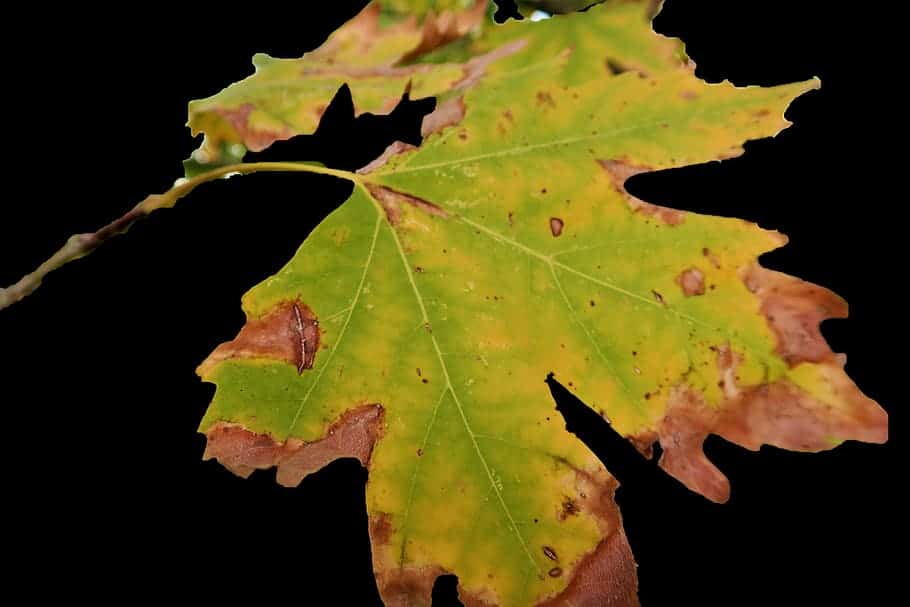 A disease of the daisy is verticillium wilt. Verticillium or Verticillium wilt is a common soil fungus that thrives in temperate climates around the world and can be present in the soil for decades.
A disease of the daisy is verticillium wilt. Verticillium or Verticillium wilt is a common soil fungus that thrives in temperate climates around the world and can be present in the soil for decades.
Verticillium wilt overwinters in the soil as dormant mycelium or tiny dormant black structures called microsclerotia, waiting for favorable conditions to return.
They enter damaged plant tissue through the roots and multiply. Many common weeds, such as dandelions and weeds, can be Verticillium host species.
Verticillium wilt is a disease that affects more than 350 species of eudicolous plants. It is caused by six species of Verticillium fungi: Verticillium dahliae, Verticillium albo-atrum, Verticillium longisporum, Verticillium nubilum, Verticillium theobromae, and Verticillium tricorpus.
Many plants with significant economic weight are susceptible, such as cotton, tomatoes, potatoes, oilseed rape, aubergines, peppers, and ornamental plants, as well as others in natural vegetation communities.
Many species and cultivars of eudicots are resistant to the disease, and all monocots, gymnosperms, and ferns are immune. To know more: Verticillium wilt in the Orchard: What is it? How do we identify it?
Do daisies have medicinal properties?
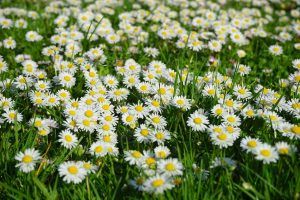 The daisy can be considered a medicinal herb. It has astringent properties and has been used in herbal medicine.
The daisy can be considered a medicinal herb. It has astringent properties and has been used in herbal medicine.
In ancient Rome, the surgeons who accompanied the Roman legions into battle ordered their slaves to collect sacks full of daisies to extract their juice.
Bellum, which is Latin for «war,» may be the origin of this plant’s scientific name. Bandages were soaked in this juice and used to bind sword and spear cuts.
Bellis perennis is still used in homeopathy for wounds and after certain surgical procedures, as well as for animal trauma. Generally, the plant is harvested while it is in bloom and is intended for use in homeopathy.
Daisy flowers have been used in traditional Austrian medicine internally as a tea (or the leaves as a salad) for the treatment of disorders of the gastrointestinal and respiratory tracts.

![Photo of Elk Horn: [Cultivation, Irrigation, Care, Pests and Diseases]](https://www.complete-gardening.com/wp-content/uploads/2022/08/elk-horn-cultivation-irrigation-care-pests-and-diseases-390x220.jpg)
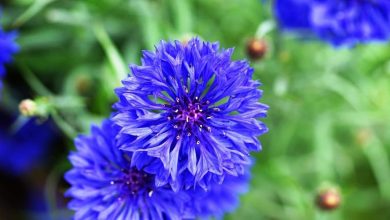
![Photo of Blackberry Pests and Diseases: [Detection, Causes and Solutions]](https://www.complete-gardening.com/wp-content/uploads/2022/08/blackberry-pests-and-diseases-detection-causes-and-solutions-390x220.jpg)
